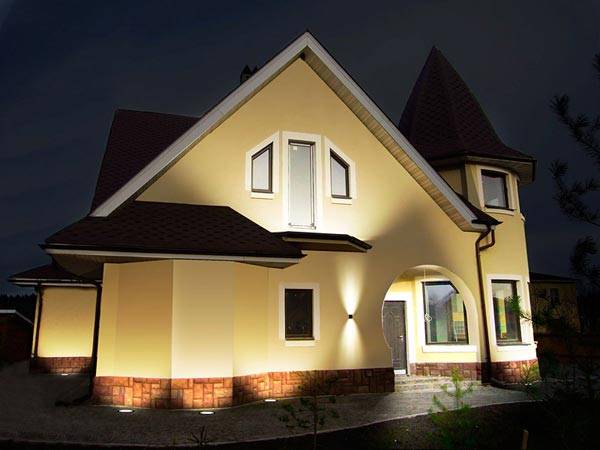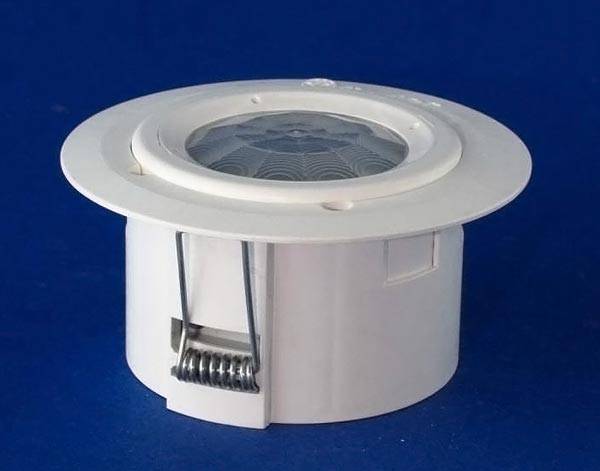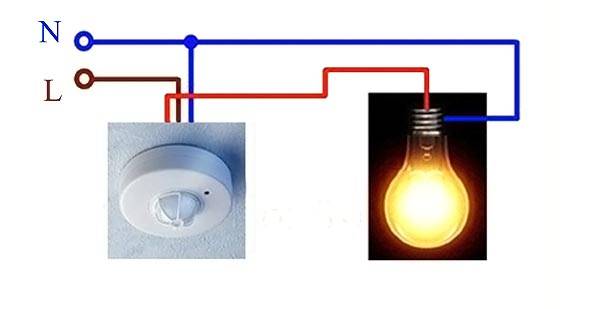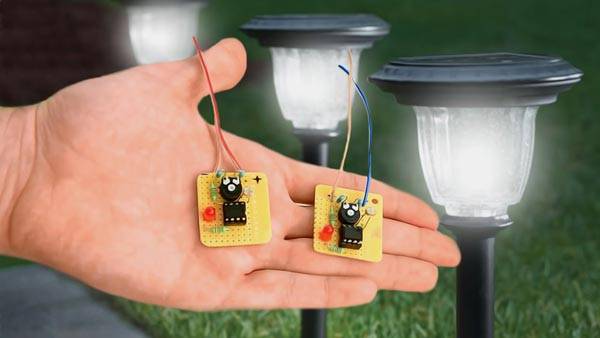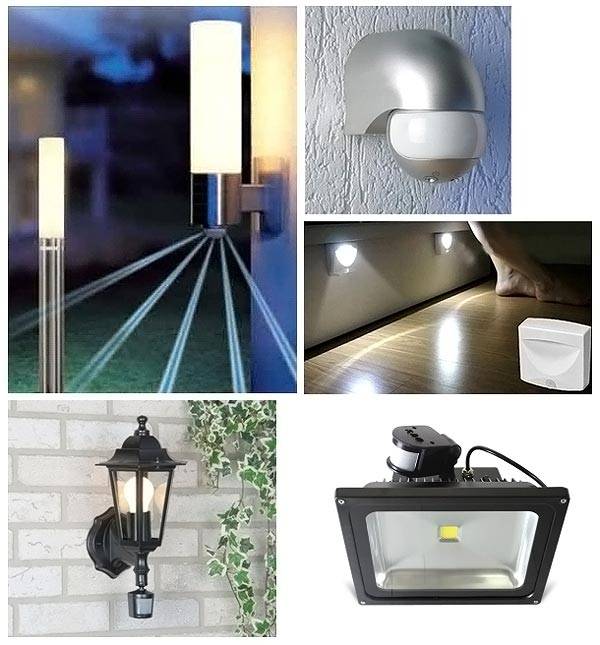Light sensor for street lighting: circuit and principle of operation
Dbut there will be light, once said one famous film character, and his words have become a prophecy for our time. Now lighting is everywhere, and the main concern of every owner of a country house is to optimize the cost of providing the convenience that the lighting of the area near the house gives. This can be done using a street light sensor. This small device is able not only to organize the autonomy of the lighting system, but also to save the family budget well. It can be purchased ready-made or made by hand, in any case, you should learn more about it.
The content of the article
What is a light sensor for street lighting, what are they, where are they used?
Most often, such a sensor is installed for street lighting by owners of country houses. This step is logical, because there is no need to keep the light on all the time. And if the yard is large, then while it is possible to get to the switch, you can fall 10 times, especially in winter, on ice, in which case the sensor will become a real wizard and assistant. In addition, this device is capable of more than just saving electricityand also extend the life of lamps and other lighting equipment.
The main types of light sensor are as follows:
- Those that react to the light level. As soon as dusk falls, they turn on the lighting, turn off with the arrival of dawn.
- Motion sensors. Its principle of operation lies in the characteristics of the radiation that is emitted by the human body. So in the daytime it is not perceptible, and at dusk and in the dark, infrared radiation prompts the sensor to turn on the lighting. That is, it picks up the infrared range that each of us emits.
- Combined. They have a special timer that can be programmed to turn on and off. That is, after the light turns on with it, after a certain set time it turns off.
In private houses, the second or third type is most often used. Since there is no need for constant lighting at night, and the former is in demand for use in entrances in apartment buildings or other public places. For example, to illuminate streets or highways.
How to connect a light sensor for street lighting?
In the process of building a house, it is worthwhile to provide a wire outlet for connecting street lighting, if this is not done, then first you need to carry out a suitable wire outlet. Only then can the sensor be connected. Need to organize in switchboard two free contacts, if there are parking spaces on the territory, it should be illuminated using a separate line. The connection diagram looks like this:
There is a break in the phase cable in it, which goes to lamp... But there is one difference worth noticing. In order for the device to work, there must be a neutral wire. To simple switches zero is not conducted, the ends of the wires are stripped and hidden in the junction box. To avoid moisture and dust getting on the cables, they should be wound from below. For this, rubber seals are used, they are most often included in the kit. The photocell of the sensor can be placed either side by side or in a separate unit.
There is also a threshold element. It compares the amount of light and the level of illumination that enter the photocell. Available in it relay, provides switching on and off the lighting. When mounting the sensor, you should pay attention so that the light of the flashlight that you connect to it does not fall on it. Otherwise, it turns out that as soon as darkness falls, the sensor turns on the light, and it hits it and turns off again and so on in a circle until one of them surrenders.
It is important to determine the correct placement of the device, and for this, take into account the following points:
- He must be in disguise.
- The sensor should not be affected by electromagnetic radiation, they may affect its correct operation.
- The temperature should not be affected, it can damage the device.
- It should be located at a height of at least 1 meter from the ground, this will exclude its reaction to pets.
The sensor will last longer if it is regularly maintained and treated with care.
Related article:
Photo relay for street lighting. A separate material provides a guide on the correct selection and connection of this device, as well as an overview of prices.
Do-it-yourself light sensor
It is not difficult to make light sensors for street lighting with your own hands, especially if you have at least minimal knowledge of electrical engineering. The sensor circuit consists of simple and accessible elements that can be easily assembled on your own.
The main component of the device is a phototransistor, it is responsible for converting the luminous flux into electric current. It has a higher sensitivity when compared to a photodiode or resistor. If it is not possible to find one, then one of the common transistors can be used. For these purposes, a series of MP is suitable, for example, MP37. To turn it into a phototransistor, it is enough to grind off the top of it with emery.
In addition, you will need to purchase a power supply, a relay and a trimmer. You need to collect all this according to the scheme indicated above. But most often, such a do-it-yourself assembly is impractical for a number of reasons:
- Buying and searching for items will drain a lot of money and take time.
- The cost of a kit above the specified components will probably be more expensive than the finished device, so consider whether it is worth the expense.
conclusions
A light sensor for a country house is an advantageous and convenient device. You can assemble it yourself or buy a ready-made one, and then connect it according to a suitable scheme.With such a connection, it is important to take into account the points that can affect its quality work.
Like any device, the sensor needs maintenance and care, if you do this, it will be able to simplify movement around the area near the house. And he is also able to save and not a little, so you should think about purchasing and installing such a device thoroughly.
Video tutorial on connecting a light sensor



